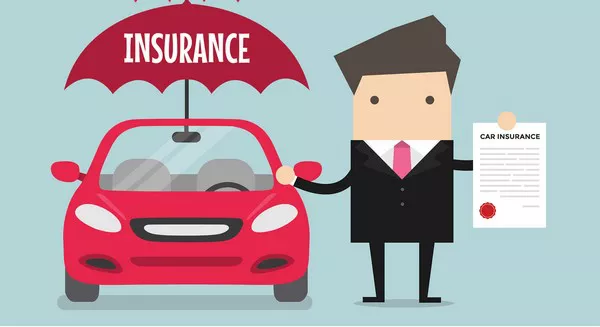Car insurance is a financial safety net that provides peace of mind on the road, but what happens when an accident occurs, and fault comes into play? In this comprehensive guide, we’ll unravel the concept of fault claims in car insurance, shedding light on what it means for policyholders, the claims process, and the potential impact on premiums. So, buckle up as we embark on a journey to demystify fault claims and empower you with knowledge.
1. Unveiling Fault Claims: A Fundamental Definition
Defining Fault in Car Insurance
To begin our exploration, let’s establish what fault means in the context of car insurance. Fault refers to the determination of responsibility in an accident. Understanding whether you or the other party is at fault is a crucial factor in the claims process and can significantly impact how the insurance company handles the settlement.
Types of Fault: At-Fault and Not-At-Fault
Fault is generally categorized into two types: at-fault and not-at-fault. If you are deemed responsible for the accident, you’re considered at-fault. Conversely, if the other party is found to be responsible, it’s a not-at-fault scenario. This determination plays a pivotal role in the subsequent steps of the claims process.
2. Navigating the Claims Process: A Step-by-Step Guide
Reporting the Accident
The claims process kicks off with the prompt reporting of the accident to your insurance provider. Regardless of fault, it’s essential to inform your insurer as soon as possible. Delayed reporting can complicate the process and potentially impact the outcome.
Fault Determination Investigation
Once the accident is reported, insurers initiate an investigation to determine fault. This involves assessing evidence, reviewing police reports, and gathering information from both parties involved. The goal is to establish a clear picture of the events leading to the accident.
Notifying the At-Fault Party’s Insurer
In at-fault scenarios, your insurer communicates with the at-fault party’s insurance company. This step is crucial for initiating the claims settlement process. It involves sharing the findings of the fault determination investigation and negotiating a fair resolution.
Claims Settlement: Repairing the Damage
The claims settlement phase involves determining the extent of damages and how they will be addressed. In at-fault situations, your insurance will cover the cost of repairs or replacement, subject to the terms of your policy. If you’re not at fault, the at-fault party’s insurance should cover your damages.
3. Implications for Policyholders: What to Expect
Impact on Premiums
One of the primary concerns for policyholders involved in at-fault accidents is the potential impact on insurance premiums. While not-at-fault accidents generally have minimal impact, at-fault incidents can lead to an increase in premiums at the time of policy renewal.
Deductibles and Fault Claims
Understanding how deductibles apply in fault claims is crucial. If you’re at fault and need to make a claim, you’ll be responsible for paying your deductible before your insurance coverage kicks in. Not-at-fault claims typically don’t involve deductibles.
Future Insurability and Claims History
At-fault claims can also impact your insurability in the future. Insurance companies may review your claims history when determining eligibility and premium rates, making it essential to weigh the decision to file a claim carefully.
4. Seeking Resolution: Tips for a Smooth Claims Experience
Open Communication with Your Insurer
Effective communication with your insurer is key throughout the claims process. Keep them informed, provide accurate details, and promptly respond to any requests for information. This ensures a smoother resolution.
Documenting the Accident Scene
Whether at fault or not, documenting the accident scene can be immensely helpful. Take photos, gather witness statements, and obtain a copy of the police report. This evidence can strengthen your position during the fault determination process.
Understanding Policy Coverage
Knowing the specifics of your insurance policy is vital. Familiarize yourself with coverage limits, deductibles, and any additional features that may come into play during a fault claim.
5. Trends in Fault Claims: Insights from the Insurance Landscape
Shifting Trends in Fault Determination
Recent trends in the insurance industry suggest a nuanced approach to fault determination. With the advent of advanced technologies, insurers are increasingly relying on telematics and data analytics to assess real-time driving behavior, influencing fault attribution.
Rise of No-Fault Insurance Systems
Some regions have adopted a no-fault insurance system, where each party’s insurance covers their own damages regardless of fault. Understanding the nuances of such systems is crucial for policyholders residing in these areas.
Impact of Autonomous Vehicles on Fault Claims
As autonomous vehicles become more prevalent, fault determination in accidents involving these vehicles introduces new complexities. The insurance industry is adapting to these changes, exploring innovative solutions to address fault claims related to autonomous technology.
6. Conclusion
In conclusion, navigating fault claims in car insurance requires a comprehensive understanding of the process, implications, and potential impact on premiums. By unraveling the intricacies of fault determination, policyholders can make informed decisions and approach the claims process with confidence. Remember, knowledge is your most powerful ally on the road to a smooth claims experience.


